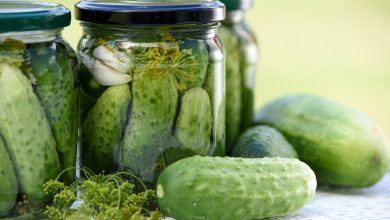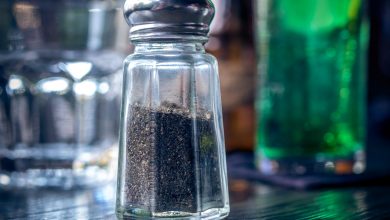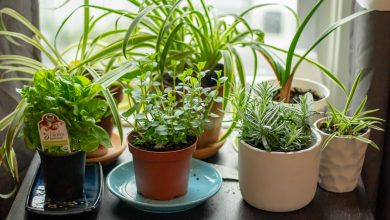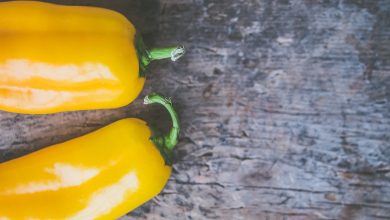Best Fruits and Veggies to Grow in the New Year
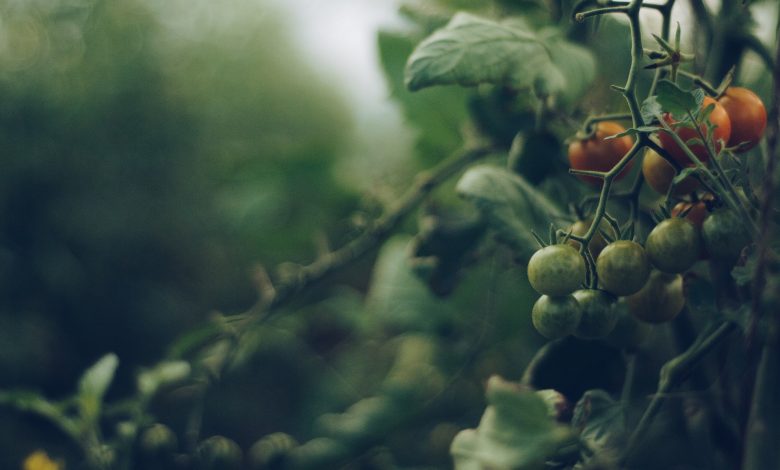
With that new year comes the revelation that you need to start planning for your new garden. When the last frost is over, what are you going to grow in the coming spring and summer months?
Well, presume you have a limited plot – enough for, let’s say, four crops. You need to make the most of what you grow. Of course, what you do plant depends on what the people in your household eat, but let’s say they’re not fussy eaters (in some fairytale world), what are the best four fruit and vegetables to grow in the new year?
What matters is versatility. You need to grow foods that you get a lot of use out of, that can be used in a lot of dishes, and taste good.
Without further ado, here are the best fruit and vegetables for you to grow coming into the new year.

Onions
Onions are a staple of countless cuisines around the world, and for good reason. The veggie has so many uses in the kitchen that it would be hard to list them all here.
Onions are a cold-season crop, so now is a good time to plant them. If you do, the batches are, generally, ready by the fall. Although, you are better off waiting until around March, the early spring, to plant them if you want to be on the safe side.
Make sure you choose a plot that gets plenty of sun and where the soil is loose, full of nutrients, and drained of moisture. Onions heavily rely on feeding for growth, so use some strong manure in your soil ahead of planting the onion bulbs.
Contrary to the typical bulb crop, onions are buried no deeper than one inch under the soil. In that way, it’s more akin to a leaf crop.
To care for your onions, fertilize the crop every couple of weeks with nitrogen, up until the point that the crop starts to bulb.
There is no difference visually between a dry onion and a healthy one, so be sure to water the crop even if it doesn’t look like you have to. Having said that, onions don’t need much water at all, so long as you constantly mulch them. One inch of water per week is enough. However, the more you water an onion, the sweeter it becomes, so keep that in mind.

Garlic
Now, this is as much an herb or spice as it is a fruit or vegetable. You won’t go adding a chunky, chopped up garlic bulb to a dish unless you’re some sort of sick masochist. Instead, you treat them with more finesse and discretion.
To grow it, you should plant them in very early spring, earlier than onions. However, bear in mind that you can also grow garlic in autumn, making it an all-year-round crop.
Garlic doesn’t agree with acidic soil, so make sure to test your plot before you slap them into the ground; otherwise, you run the risk of ruining your harvest.
Mix some quality compost into your soil and plant the garlic at least six inches apart from each other. Garlic is more sun reliant than most other crops you’re going to find in your garden, so take care to plant them in a spot that gives them good access to sunlight.
When planting, break your garlic bulb up into its individual cloves, being careful not to crush them between your fingers. Plant them around four centimeters down, with the pointy end facing up.
As a rule of thumb, make sure you are weeding your garden throughout the year to protect your crops, but you probably know that already.
On top of de-weeding, make sure you water your garlic during dry spells in the year but stop a few weeks before harvest. You can recognize this by the leaves turning a yellow-brown, at which point the bulbs are ready to be dug up.

Strawberries
Taking a spin in the completely opposite direction, we’re going to talk about strawberries. Strawberries are light, wholesome, and a perfect healthy snack coming into the latter half of the year.
The good news is growing these tasty treats is simple. Although, you have to keep in mind, strawberries grow off from their parent in runners, meaning if you plant them in a plot, you may end up with less room to use than you would like. To combat this, grow them in hanging planters set up around your garden. It’s effective, saves you space, and looks absolutely beautiful.
There are actually three types of strawberries you can plant. There are “Early Summer” types; these only produce berries for about three weeks out of the year. Then there’s “Sild Strawberries,” which have a sharp and bitter taste and are not ideal for home gardening. Lastly, you have “Everberries;” these start giving you berries mid-summer and continue all the way up to the first frost.
Like the other bits and pieces in this article, you can plant these guys in early spring, around March, or around September. Generally, planting them in autumn yields better results, but you can plant them in spring and still have gorgeous berries for the summer.
To prep your soil, mix it with rotted manure and make sure it’s well-draining. Then, ensure all of the plant’s roots are below soil level, with the runners still visible above the surface. As mentioned, you’re better off growing these in hanging planters, but if you can’t, space out the plants 12 inches apart, and the rows 18 inches apart.
You need to water strawberries more regularly than the other fruit and veggies on this list, so make sure you’re keeping them nice and hydrated. Stay on top of your weeding and mulching, and cover your crop with netting to protect it from birds. The last thing you want is those pesky little thieves stealing your hard work.
Once the berries become nice, ripe, and red, pick them and enjoy.

Tomatoes
Love them or hate them, you can’t deny just how many kitchens around the world make use of this confusing fruit. It is a fruit, true, but you’re going to be using and growing it like a vegetable, so throw that notion out of the window.
To grow tomatoes of your own, pick a well-drained plot of soil, and make sure that it gets at least six hours of sunlight per day.
Prep your soil as usual with rotted manure and mix well. You need to plan ahead with some sort of support system. While tomatoes can be grown on the ground, the crop is more susceptible to pests and diseases down there but tends to thrive when propped up.
You’re going to want to grow your plant in a pot before transplanting it out into your garden, as with a lot of crops. Once it’s ready, move it from the pot to the ground, and set it up with your support system.
You’re going to want to water the plant quite a bit for the first few days, before easing up as time goes on, ending at about two inches per week. Again, be sure to keep ahead of the garden weeds and keep mulching.
You need to prune your tomato plants, as well. Pinch off the side stems from the plant so that only a handful of branches are growing on each.
Once your tomatoes begin to color and have a little bit of give to them, you can harvest them.

Of course, you have a whole world full of wonderful ingredients to choose from, so please, do some thinking and decide what you think would be most beneficial for your garden and household.
If you do decide to go with some of the goodies on this list, keep in mind that there’s more to growing them than what’s mentioned here. A lot of them need to be transplanted, so do some digging so you know exactly what you’re getting into.
Home-grown veggies are a joy to eat. You literally can’t get fresher ingredients, so for an aspiring house chef, it’s top of the line stuff, and you can rest easy knowing that your family’s health is being looked after.
Just be sure to avoid using chemical pesticides. The big farms use it due to their scale, but you can avoid them at home by using some natural know-how. After all, why put in all the effort in the first place if you’re just going to contaminate your produce?
